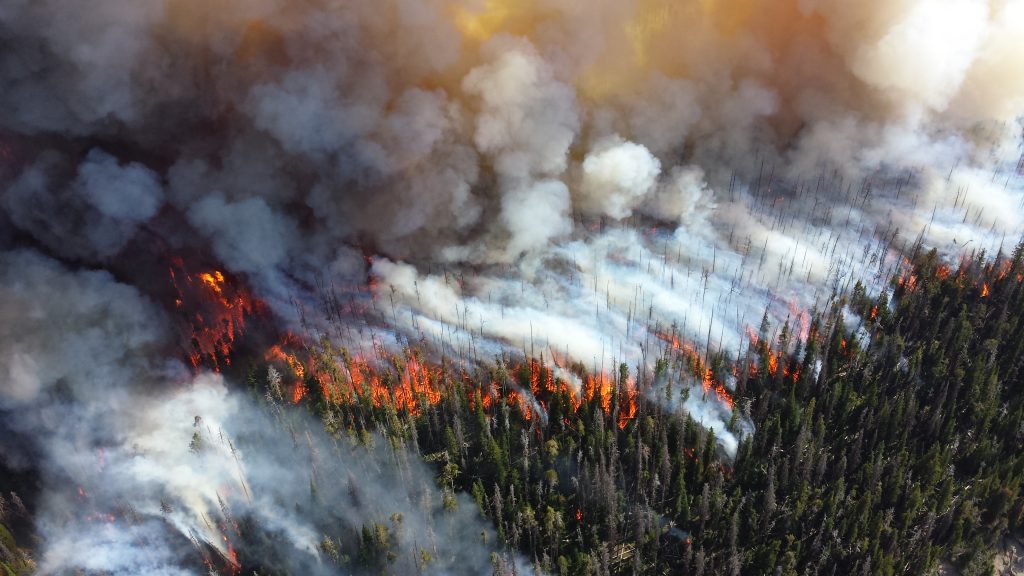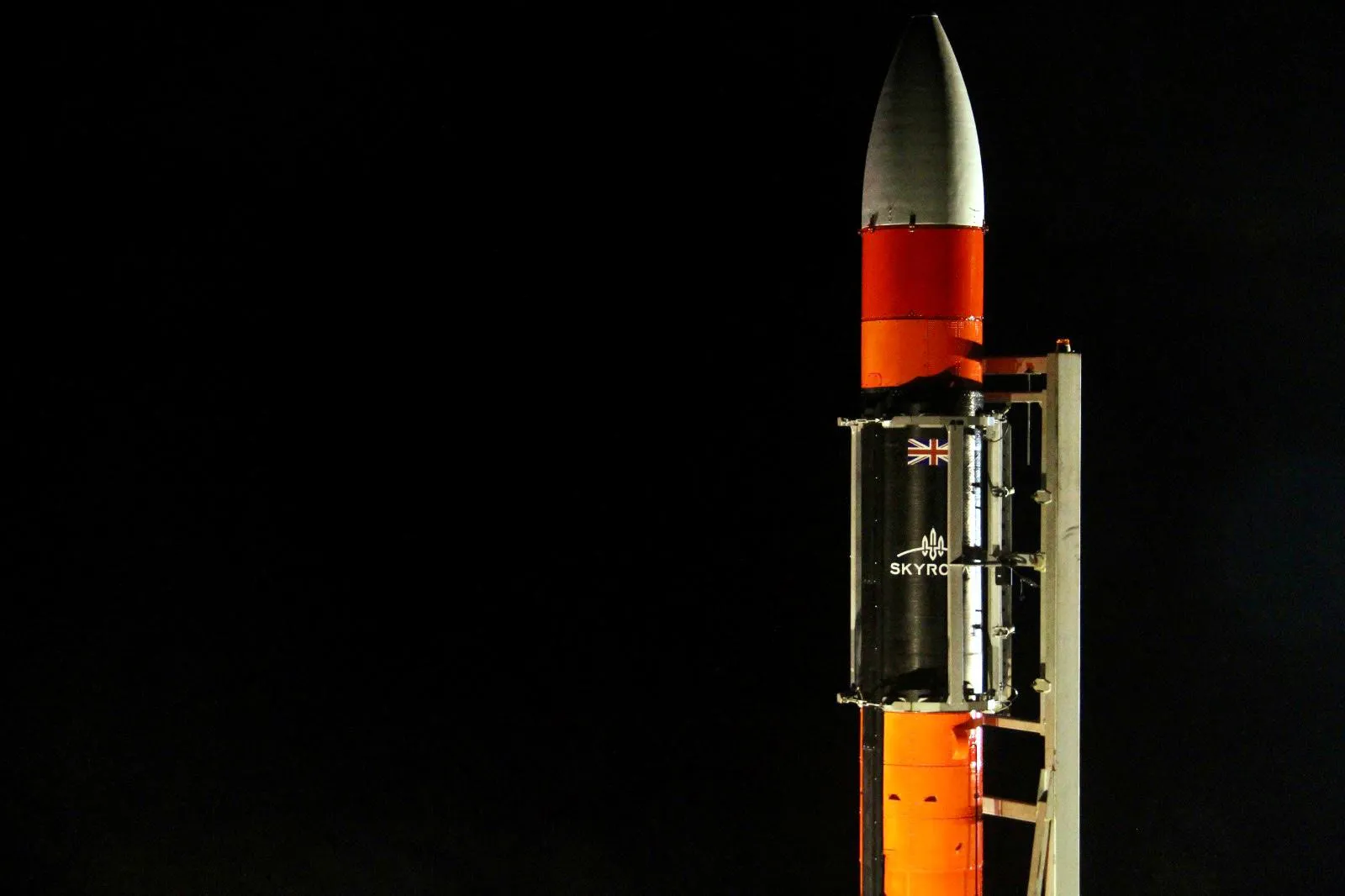Fighting against poaching from space

During the last decade satellites have become a key player in the fight against poaching, as multiple employed solutions make use of space technologies and data in order to stop and prevent illegal hunting activities. This article briefly explores why satellites provide such valuable information for the protection of wildlife when endangered by the human hand.
Poaching in today’s world
In spite of the global efforts towards saving endangered species worldwide, illegal activities such as poaching are still on the rise and pose a real threat to the animal kingdom. Now more than ever, due to the on-going Pandemic poachers have killed more animals than usual as the previously touristic hotspots, considered relative safe-havens until now, have become targeted areas.
How much harm is done by poaching exactly? By looking at the latest statistics we can see that thousands of endangered animals are killed on a daily basis by poachers in Africa alone, leaving species such as the black rhino, the mountain gorilla, the lion, or the imperial zebra, to only name a few, in danger of extinction. The majestic elephant, with incredible cognitive abilities and proven emotional intelligence, is on that list as well, with an average of 96 specimens killed every single day. To put things into perspective, an estimated of 3,890 tigers roam the wild today, while only a hundred years ago their number was of approximatively 100,000. It is important to realise that poaching represents the most immediate threat to this animal and to many others alike. What is more, with poaching prevalent in Africa and large parts of Asia, only five countries in the world keep poaching records: South Africa, Kenya, Mozambique, Namibia, and India.
Why is poaching such a popular illegal activity? Money. As an illustration, elephants are killed for their ivory tusks which are later sold for carving trinkets or decor, while over a thousand rhinos are slaughtered each year for their horns, later traded on the black market for supposed healing properties. Some animals are captured and illegally trafficked for profit as exotic pets, and others sold for their meat. Unfortunately, it does not stop here. The devastating effects over animal welfare are not the only price paid, as poaching takes many humans lives as well. Between 2009 and 2016 almost 600 rangers have lost their lives in the line of duty, being gunned down by illegal hunters. Additionally, poached animals have been linked with spreading diseases such as Ebola and SARS.
Poaching observed from space
Stricter rules to protect the African and Asian wildlife are being continuously implemented, nonetheless poaching remains a real threat and far too many specimens fall victims to illegal hunters still. To this end, satellites and AI have become an important tool in trying to combat poaching on these continents, with multiple organisations starting to incorporate valuable space data into their methods. Both GPS measurements and high resolution satellite imagery are used by university bodies, private companies and NPOs alike in the battle for saving endangered species.
In 2015 a team of scientists at the University of Maryland’s Institute for Advanced Computer Studies have combined multiple types of data in order to predict where and when to send rangers on the ground to stop rhino poachers. Among the used data, satellite imagery and GPS signals incoming from mounted trackers (i.e. from rhinos’ satellite ankle trackers) play a key role in determining and predicting the movement of hunters and wildlife. Of course, in order to have a complete solution, the movement prediction model alone is not enough and the method is complemented by drones and ready to be dispatched rangers to interfere on ground.
Another great example is the cooperative effort of Inmarsat and RESOLVE announced in 2019, with the aim of detecting, stopping, and arresting poachers. Their solution combines AI capabilities, satellites and local cameras, and is known as the TrailGuard AI system. The system was developed with support from Intel, the National Geographic Society and the Leonardo DiCaprio Foundation, and was built to detect humans within natural reserves with a 97 percent accuracy. The images are immediately sent to park ranger’s facilities in order to identify the risks and intervene. Due to the common lack of terrestrial connectivity in such remote areas, the Inmarsat satellites play a key role in enabling the transmission of data from the cameras to the facilities. During a test phase in Tanzania, the TrailGuard AI system led to 30 arrested poachers.
A very recent example is a motion sensor with built-in intelligence, developed by Jacob Kamminga from the University of Twente. The device is to be attached to the animal and has the aim of recognising motion patterns in the wild, which could further determine if poachers are nearby. In other words, the movements of each specimen will be automatically recognised by the system as normal or abnormal. The system needs to be firstly trained with a large amount of possible movements dependent on every species, which can be achieved by using a deeplearning neural network within the sensor. Secondly, every movement done by the animal will be measured and classified into normal and abnormal categories, based on the previously learnt patterns. Only when a movement is abnormal will be automatically sent through a mobile network or satellite connection to a monitoring facility. The data obtained through this sensor will complement the already existing methods employing GPS and remote sensing surveys.
References
1. Actman, J., 2019. Poaching Animals, Explained. [online] Nationalgeographic.com. Available at: https://www.nationalgeographic.com/animals/reference/poaching-animals/ [Accessed 1 November 2020].
2. Nichols, G., 2019. A Camera And Satellite Net To Stop Big Game Poaching In Africa | Zdnet. [online] ZDNet. Available at: https://www.zdnet.com/article/a-camera-and-satellite-net-to-stop-big-game-poaching-in-africa/ [Accessed 29 October 2020].
3. Petkovic, N., 2020. 51 Eye-Opening Poaching Statistics You Must Know In 2020. [online] Petpedia. Available at: https://petpedia.co/poaching-statistics/ [Accessed 29 October 2020].
4. Plotnik, J. and de Waal, F., 2014. Asian elephants (Elephas maximus) reassure others in distress. PeerJ, [online] 2, p.e278. Available at: http://static.peerj.com/press/previews/2014/02/278.pdf [Accessed 29 October 2020].
5. RESOLVE. 2020. Trailguard - RESOLVE. [online] Available at: https://www.resolve.ngo/trailguard.htm [Accessed 29 October 2020].
6. Roth, A., 2020. Poachers Kill More Rhinos As Coronavirus Halts Tourism To Africa. [online] Nytimes.com. Available at: https://www.nytimes.com/2020/04/08/science/coronavirus-poaching-rhinos.html [Accessed 29 October 2020].
7. Snitch, T., 2015. Satellites, Mathematics And Drones Take Down Poachers In Africa. [online] The Conversation. Available at: https://theconversation.com/satellites-mathematics-anddrones-take-down-poachers-in-africa-36638 [Accessed 29 October 2020].
8. Van Der Veen, W., 2020. Using Sensors To Detect Wildlife Activity In The Battle Against Poaching. [online] Phys.org. Available at: https://phys.org/news/2020-10-sensors-wildlife-poaching.html [Accessed 29 October 2020].



